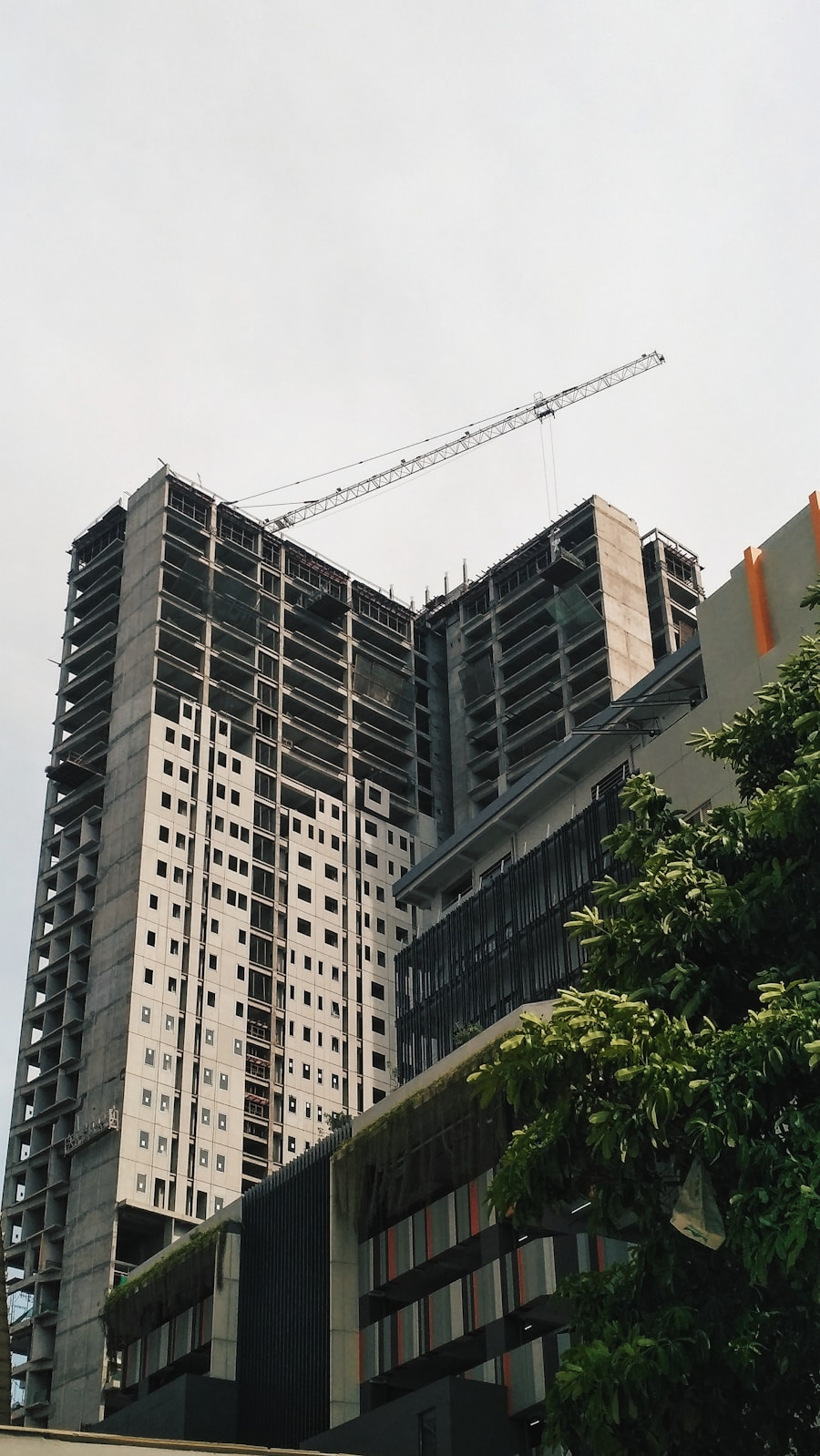Sustainable development has emerged as a critical paradigm in urban planning, driven by the urgent need to address environmental degradation, social inequality, and economic instability. As cities continue to expand, the pressure on resources intensifies, prompting urban planners and policymakers to adopt sustainable practices that balance ecological integrity with human needs. This shift is characterized by a focus on reducing carbon footprints, enhancing energy efficiency, and promoting social equity.
For instance, cities like Copenhagen and Amsterdam have become global leaders in sustainable urban development, implementing extensive cycling infrastructure and renewable energy initiatives that not only reduce emissions but also improve the quality of life for residents. Moreover, the rise of sustainable development is closely linked to the increasing awareness of climate change and its impacts on urban environments. Cities are particularly vulnerable to climate-related challenges such as flooding, heatwaves, and air pollution.
In response, many urban areas are adopting green building standards, such as LEED (Leadership in Energy and Environmental Design), which encourage the use of sustainable materials and energy-efficient designs. The integration of these practices not only helps mitigate environmental impacts but also fosters economic resilience by creating jobs in green industries. For example, the construction of energy-efficient buildings can lead to significant cost savings in energy consumption, benefiting both developers and occupants alike.
Key Takeaways
- Sustainable development is on the rise in urban areas, with a focus on environmental and social responsibility.
- Technology is significantly impacting real estate development, from virtual property tours to smart building management systems.
- Smart cities play a crucial role in urban growth, utilizing technology to improve infrastructure, transportation, and overall quality of life.
- Community engagement is essential in real estate development, ensuring that the needs and concerns of local residents are addressed and incorporated into projects.
- Affordable housing is a pressing issue in urban areas, requiring innovative solutions and collaboration between public and private sectors.
Technology’s Impact on Real Estate Development
The advent of technology has revolutionized the real estate development landscape, introducing innovative tools and methodologies that enhance efficiency and decision-making processes. One of the most significant advancements is the use of Building Information Modeling (BIM), which allows developers to create detailed digital representations of buildings before construction begins. This technology facilitates better collaboration among architects, engineers, and contractors, reducing errors and streamlining project timelines.
Additionally, BIM enables developers to conduct simulations that assess energy performance and sustainability metrics, ensuring that projects align with modern environmental standards. Furthermore, the proliferation of data analytics has transformed how real estate developers assess market trends and consumer preferences. By leveraging big data, developers can gain insights into demographic shifts, housing demands, and economic indicators that inform their investment strategies.
For instance, predictive analytics can help identify emerging neighborhoods poised for growth, allowing developers to make informed decisions about where to allocate resources. The integration of technology extends beyond the planning phase; smart home technologies are increasingly being incorporated into residential developments, enhancing energy efficiency and providing residents with greater control over their living environments.
The Role of Smart Cities in Urban Growth

Smart cities represent a forward-thinking approach to urban growth that leverages technology to enhance the quality of life for residents while promoting sustainability. These cities utilize interconnected systems and data-driven solutions to address urban challenges such as traffic congestion, waste management, and public safety. For example, cities like Barcelona have implemented smart traffic management systems that use real-time data to optimize traffic flow and reduce congestion.
By integrating sensors and IoT (Internet of Things) devices into urban infrastructure, smart cities can respond dynamically to changing conditions, improving overall efficiency. In addition to improving operational efficiency, smart city initiatives foster community engagement by providing residents with access to information and services through digital platforms. Mobile applications can facilitate communication between citizens and local governments, allowing residents to report issues such as potholes or broken streetlights directly.
This level of engagement not only empowers citizens but also enhances transparency in governance. Moreover, smart cities often prioritize inclusivity by ensuring that technological advancements benefit all residents, including marginalized communities who may otherwise be left behind in the digital divide.
The Importance of Community Engagement in Real Estate Development
| Metrics | Data |
|---|---|
| Increased Property Value | Studies show that properties located in communities with high levels of engagement and social capital have higher property values. |
| Reduced Crime Rates | Communities with strong engagement often experience lower crime rates due to increased surveillance and social control. |
| Improved Quality of Life | Residents in communities with active engagement tend to report higher levels of satisfaction and overall well-being. |
| Enhanced Marketability | Real estate developments in engaged communities are more attractive to potential buyers and renters, leading to faster sales and higher occupancy rates. |
| Community Support | Engaged communities are more likely to support and participate in local real estate projects, leading to smoother development processes and fewer obstacles. |
Community engagement is a cornerstone of successful real estate development, as it fosters collaboration between developers and local residents. Engaging communities early in the planning process helps ensure that developments align with the needs and aspirations of those who will be most affected by them. This participatory approach can take various forms, including public meetings, workshops, and surveys that solicit feedback on proposed projects.
For instance, in San Francisco, community engagement initiatives have led to the successful redevelopment of public spaces that reflect the desires of local residents while addressing pressing urban issues. Moreover, effective community engagement can mitigate opposition to new developments by fostering a sense of ownership among residents. When community members feel heard and valued in the decision-making process, they are more likely to support projects that may initially seem controversial.
This collaborative spirit can lead to innovative solutions that address local concerns while still meeting developers’ objectives. For example, in Seattle, a mixed-use development project incorporated community feedback to include affordable housing units alongside commercial spaces, creating a vibrant neighborhood that serves diverse populations.
Addressing Affordable Housing in Urban Areas
The issue of affordable housing has reached critical levels in many urban areas, exacerbated by rising property values and stagnant wages. As cities grow and attract new residents, the demand for housing often outpaces supply, leading to increased rents and displacement of low-income families. Addressing this challenge requires a multifaceted approach that includes policy interventions, innovative financing models, and collaboration between public and private sectors.
For instance, inclusionary zoning policies mandate that a percentage of new developments be set aside for affordable housing, ensuring that low-income residents have access to housing within thriving neighborhoods. Additionally, public-private partnerships (PPPs) have emerged as a viable solution for financing affordable housing projects. By leveraging private investment alongside public funding sources, cities can create mixed-income developments that provide affordable options without compromising quality or design.
An example of this approach can be seen in New York City’s “Housing New York” initiative, which aims to create or preserve 300,000 affordable housing units over a ten-year period through various strategies including tax incentives for developers who include affordable units in their projects.
The Integration of Green Spaces in Urban Development
The integration of green spaces into urban development is increasingly recognized as essential for enhancing the livability and sustainability of cities. Green spaces—such as parks, gardens, and green roofs—provide numerous benefits including improved air quality, reduced urban heat island effects, and enhanced mental well-being for residents. Urban planners are now prioritizing the creation of accessible green spaces as part of their development strategies.
For example, New York City’s High Line project transformed an abandoned elevated railway into a linear park that not only provides recreational space but also stimulates economic activity along its route. Moreover, green spaces play a crucial role in promoting biodiversity within urban environments. By incorporating native plant species and creating habitats for wildlife, cities can support ecological health while providing residents with opportunities for outdoor recreation and connection with nature.
Initiatives like Singapore’s “Garden City” vision exemplify this approach by integrating greenery into high-density urban areas through vertical gardens and extensive park networks. Such developments not only enhance aesthetic appeal but also contribute to climate resilience by managing stormwater runoff and reducing flooding risks.
The Influence of Demographic Shifts on Urban Growth
Demographic shifts significantly influence urban growth patterns as cities adapt to changing populations and their diverse needs. Factors such as migration trends, aging populations, and shifting family structures shape housing demands and service requirements within urban areas. For instance, millennials are increasingly drawn to urban living due to lifestyle preferences that prioritize walkability and access to amenities.
This trend has led to a surge in demand for rental properties and mixed-use developments that cater to younger demographics seeking vibrant communities. Conversely, aging populations present unique challenges for urban planners who must consider accessibility and healthcare services for older adults. Cities like Toronto have begun implementing age-friendly initiatives that promote inclusive design in public spaces and housing developments.
These efforts aim to create environments where seniors can thrive independently while remaining connected to their communities. Additionally, demographic shifts often necessitate a reevaluation of transportation infrastructure to accommodate diverse mobility needs across different age groups.
The Future of Mixed-Use Development in Urban Areas
Mixed-use development is poised to play a pivotal role in shaping the future of urban areas as cities seek to create vibrant, multifunctional spaces that foster community interaction and economic vitality. By combining residential, commercial, and recreational uses within a single development or neighborhood, mixed-use projects promote walkability and reduce reliance on automobiles. This approach aligns with contemporary urban planning principles that prioritize sustainable living environments while enhancing social cohesion among residents.
As cities grapple with challenges such as climate change and population growth, mixed-use developments offer flexible solutions that can adapt to evolving needs over time. For example, developments like The Wharf in Washington D.exemplify successful mixed-use projects that integrate residential units with retail spaces and public amenities along waterfronts. Such projects not only contribute to economic revitalization but also enhance public spaces where community members can gather and engage with one another.
As urban areas continue to evolve, the emphasis on mixed-use development will likely intensify as a means of creating resilient communities capable of thriving amidst change.
If you are interested in learning more about luxury condo garages and their impact on real estate development, you may want to check out this article on luxurycondogarages.com. This website provides valuable information on the benefits of incorporating high-end garages into residential developments and how they can enhance property value. Additionally, you can explore their blog section for more insights on the latest trends in luxury real estate development.








Leave a Reply